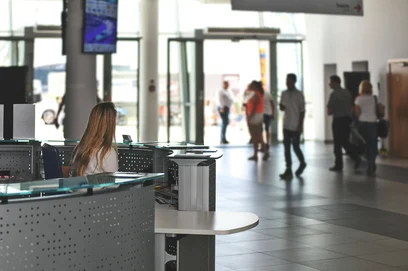The Many Costs of University Research Partnerships

by NotedSource
The ability to partner with universities on research projects can be a huge asset to a company. Universities have PhD-holding researchers in-house, the structural and administrative setup for large research projects, an environment of innovation and ideation, and often state-of-the-art research facilities and equipment. Such partnerships can lead to breakthroughs in science, medicine, product development, and more, and bring much-needed new perspectives to the corporate or government R&D process.
However, university partnerships come at a high cost. Of course, there are the direct costs, like researcher salaries, travel costs, and supplies, but there are also the less visible indirect costs, like facility maintenance, administrative salaries, and regulatory compliance fees. In this post, we dive deeper into the kinds of costs you can expect when partnering directly with a university– and whether they’re worth it.
Direct Costs
Partnering with a university comes with a number of direct costs. These are dependent on the type of research you’re doing, but these costs can include:
- Salaries for the researchers, professors, students, technicians, or others directly working on the project
- Supplies and materials costs needed for the research project (like lab equipment or chemicals, both new and existing)
- Travel costs (or other fees) for research participants
These direct costs are usually unavoidable, and generally will be applicable whether you’re partnering with a university or another type of company to conduct research.
Indirect Costs from the University
Indirect costs– or Facilities and Administrative (F&A) costs– are another major factor to consider when partnering directly with a university for an R&D project. These are the costs that universities incur by operating or supporting research projects that can’t be assigned to a specific project. These can add up quickly and include:
- Maintenance costs for research facilities, labs, and general use equipment
- Salaries or wages of support/administrative personnel
- Fees associated with compliance with regulatory requirements (including safety and security)
- Utilities, energy, and other operating expenses
- Library and general use research facilities
- Data storage and internet use
- Waste disposal
Usually, universities calculate F&A costs as a percentage of the total direct costs, often around 50% and up to 70%. Rates can vary from institution to institution
Other Indirect Costs

One category is licensing and patent costs: if research leads to patentable IP, there will be costs associated with filing patents, negotiating license agreements, and ensuring IP ownership.
Another category of indirect costs includes partnership set-up costs, like:
- Legal fees for negotiating agreements and NDAs, determining patent valuation, and protecting your IP.
- Time costs from getting through university red tape, getting internal approval, and navigating complicated timelines
Avoiding Indirect Costs
If your organization is determined to work with an academic institution, it can be tough to avoid many of these time costs. However, it is possible to work directly with academic experts, PhD holders, and expert university researchers without going through complicated university channels and processes. Platforms like NotedSource can help you connect directly with experts and researchers who are ready to work on projects right away, and our collaboration tools make NDAs, IP protection, contracts, milestones, and deliverables streamlined and simple.
